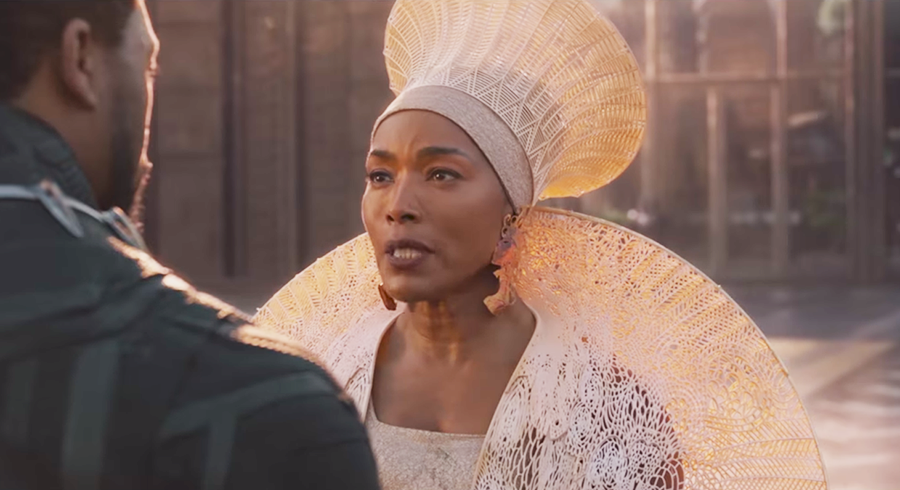Marvel’s latest superhero flick Black Panther made box office history, attracting moviegoers all over the world and bringing in over $1 billion at the global box office. Juicy costume design by Oscar-nominated Costume Designer Ruth E. Carter has taken center stage.
Related KIST Develops 3D Soft Robots That Look Like Living Creatures
Set mostly in the fictional African nation of Wakanda, the movie fuses together traditional African designs and futuristic elements designed by Carter.
3D printing technology was used to manufacture the costumes which combined both traditional African design and the futuristic elements of the Wakanda civilization.
Carter got help from Julia Koerner, an architect and 3D printing fashion specialist, to integrate 3D printing into the costumes especially of those of Queen Ramonda played by Angela Bassett.
“The director of the movie Ryan Coogler and the costume designer Ruth E. Carter wanted the costume to blend tradition and hypermodernity,” Koerner told TCT. “Inspired by traditional African patterns I developed 3D digital morphologies to transform the traditional craftsmanship into digitally crafted designs. Utilizing 3D printing technology was the ultimate goal to achieve a futuristic look for Queen Ramonda’s regal attire.”
When making the queen’s crown and the shoulder mantle, Carter wanted these to look like the traditional ones worn by married Zulu women. But, she wanted to give it a futuristic look so it doesn’t feel like these were handmade. Carter says that this extravagant piece was 3D printed with a special flexible material designed by a UCLA professor.
To bring life to these costumes, Koerner collaborated with Belgian 3D printing company, Materialise. The duo had worked together on various projects over the last decade and used their collaborative prowess to realize Koerner’s vision.
The head piece and the shoulder mantle worn by Queen Ramonda were printed using Selective Laser Sintering (SLS) technology from Polyamide 12 (PA12) powder. This material can give the final product high level of accuracy, flexibility and robustness and it is also well suited for skin contact making it ideal for costume and fashion designs. The team used a professional-grade 3D printer in Belgium to print the prop with this material.
Related 3D Printing for Rapid Prototyping
The pieces can be seen in the movie several times in different shots including one particular headpiece which was printed in PA12 and dyed black to finish.
As the whole project was top secret, Koerner was given just a codename. She only learned more about where her designs would feature on the big screen after the products were completed and Marvel began filming around a year before the movie’s final release date.
“When I was working on the 3D design of the costume, I did not know much about the movie,” Koerner explained. “Traditional African patterns served as inspiration and I knew they needed to look technologically advanced and required to be produced with 3D printing technology.”













